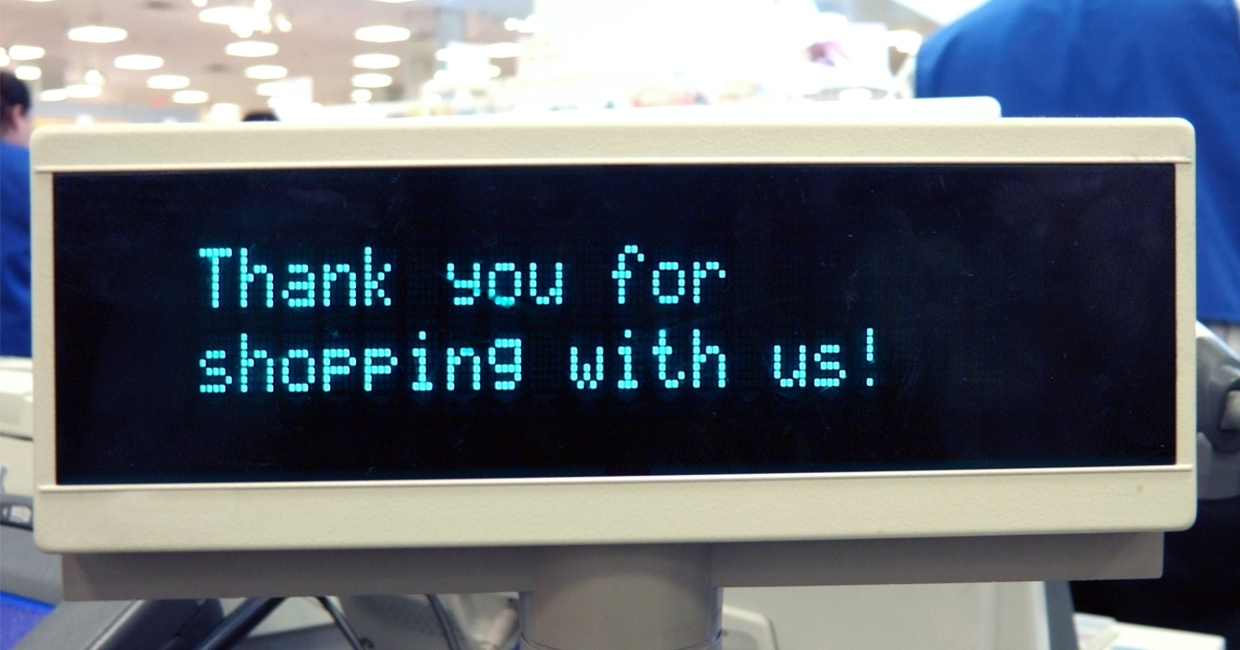Are you shutting down sales opportunities with your initial welcome? Here, industry training specialist Adam Hankinson (Furniture Sales Solutions) expains how an open (and generous) greeting can make a sale a more likely prospect …
There are sales opportunities missed in every single furniture store, every single day of the year. That’s why our promise of one extra sale per salesperson per week isn’t a bold exaggeration, it’s the absolute minimum we guarantee.
When we arrive in store (initially for 6-8 weeks) to conduct our transformational programmes, one of our mantras is to value every opportunity with every customer, like you would value a drop of rainwater in the Sahara.
There are many parts of the sales process that all need care, attention and practice, from the initial approach, the questions we ask, the way we interact, our body language and how we listen, to our product knowledge and expertise, the recommendations we make, our ability to slow the conversation down, and our closing techniques.
Here, I’m going to dig into a very specific technique that we can utilise following our initial interaction with the customer – an open, friendly welcome, rather than the common closed approach we hear far too often (“Good morning [smile], welcome to our store. How can I help you today?” – not, “Are you OK there?”).
Our customer will likely open up to you with a response like, “Well, we’re just looking for x, y or z, are we OK browsing?”
We’ve now broken the ice, further conversation feels more natural and relaxed, and any follow-up with the customer is easier, so we can respond with, “Yes, of course, our x, y, z’s are displayed around here and are priced in x, y, z way. Please make yourselves at home and try them out. I’ll catch up with you shortly. My name’s Adam, by the way [smile]”.
This is where we can use our technique, which we like to call ‘giving a gift’. For example, if they’re looking at swatches, we can approach them with, “Just to let you know, these are the range of fabrics that are available, so you can choose the right one for you. What colour did you have in mind?”
Once you get the hang of this template …
• Intro: “Just to let you know …”
• Feature: “… we offer several different colours of feet …”
• Benefit: “… so you can match them with your other furniture.”
• Follow-up question: “What colour were you thinking of?”
… we can use it in response to many specific and common buying signals. For example:
• In response to customers looking at a single-priced sofa: “Just to let you know that that’s the price for the 4-seater, and we also do this range in 3-seater/2-seater and chair options. What pieces are you thinking of?”
• In response to customers looking at a bundle-price ticket for a dining set: “Just to let you know, that’s the price for everything you can see here – £xxxx. What combination are you looking for?”
• In response to a customer looking at a sofa with scatter- and standard-back options: “Just to let you know, this model is displayed as both scatter and standard backs, so you can choose which way you’d like it. Which option would you prefer?”
The real power behind ‘giving a gift’ is that, psychologically, when we gift someone something, even just information, they feel a natural obligation to give us something back. In each of the above examples, the information they give back is helpful to us in that we find out more of what the customer wants or needs.
Give it a try this week – time your approach to when the customer is showing buying signals (sitting on a sofa, looking at swatches, sitting at a dining table, etc), then ‘gift’ them with some valuable information (“Just to let you know …”), followed up by a relevant question. You’ll definitely get into more conversations, and, as these meaningful interactions compound, you’ll get even more sales.












